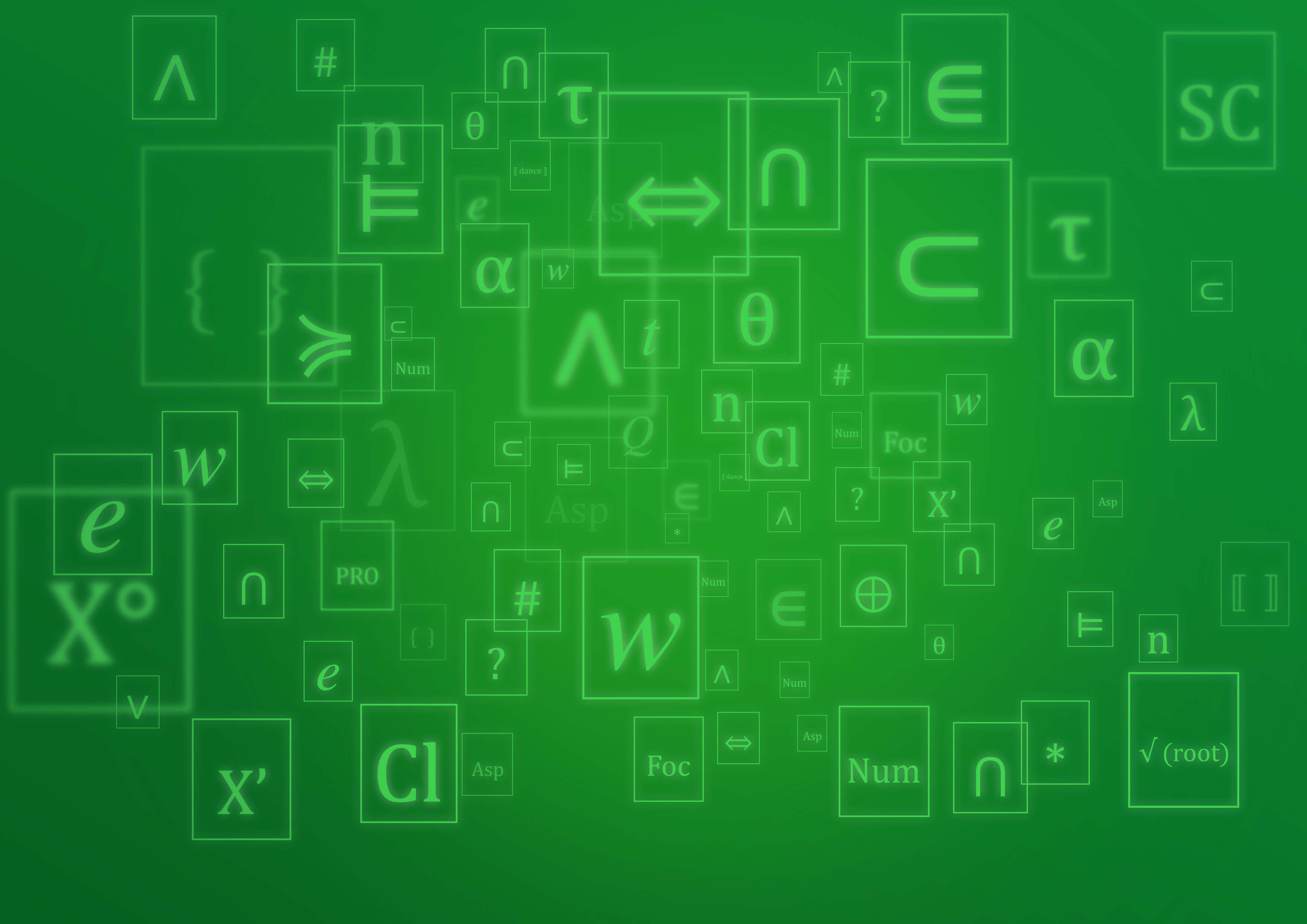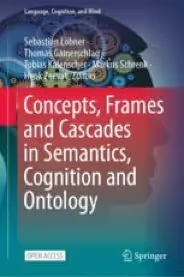
In order to help to explain cognition, cognitive structures are assumed to be present in the mind/brain. While the empirical investigation of such structures is the task of cognitive psychology, the other cognitive science disciplines like linguistics, philosophy and artificial intelligence have an important role in suggesting hypotheses. Researchers in these disciplines increasingly test such hypotheses by empirical means themselves. In philosophy, the traditional way of referring to such structures is via concepts, i.e. those mental entities by which we conceive reality and with the help of which we reason and plan. Linguists traditionally refer to the cognitive structures as meanings—at least those linguists with a mentalistic concept of meaning do who do not think of meaning as extra-mental entities.
The cognitive structures that are discussed in this volume are frames, conceptual spaces, prototypes, cascades, and motor representations of content. Frames are the attribute-value structures proposed in lexical semantics by Fillmore (1976) and in psychology by Barsalou (1992a, b). They are closely related to the attribute-value matrices in computational linguistics and knowledge representation in Artificial Intelligence. The notion of conceptual spaces refers to the tradition of geometrical approaches to meaning started with Gärdenfors (2000). Cascades are combinations of frames in a tree, introduced in this volume by Löbner. Prototypes are the idea that concepts are defined by typical cases. It is not clear that there are important divisions here. Cascades are a natural extension of frames, as they integrate several frames into a coherent more complex structure; attributes in frames often (or even always) have values in conceptual spaces and the regions defined by concepts within the spaces seem to behave much like prototypes. The motor representations are not accessible to introspection and can possibly be defined as frames. It seems encouraging that most of these notions can be connected to each other either by integration or by combination. There is a set of closely related hypotheses that is fine-tuned by reflection, increasing formalization, and connection to an ever widening group of phenomena.
philosophy
psychology
things
stuff
frames
cascades
attitudes
verbs
adjectives
implicatures
types
compositionality
plurality
perspectives
actions

